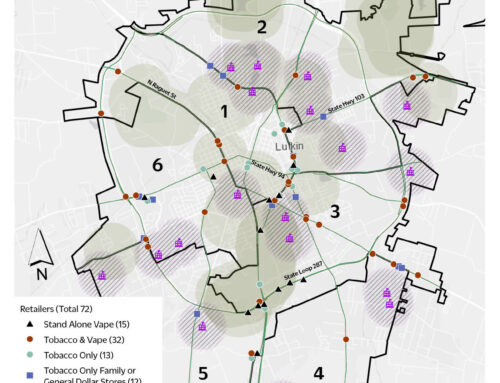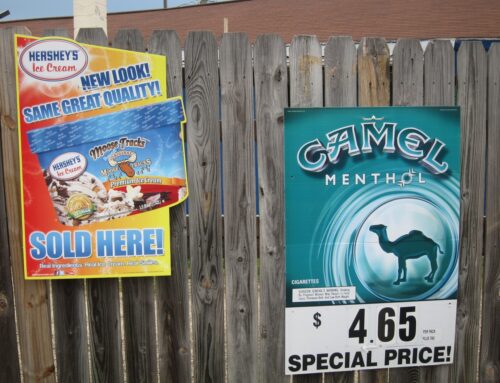
LaPointe brothers offering a sacred tobacco blessing at opening ceremony
At the National Conference on Tobacco or Health (the “or” leads me to admiringly call it the “ultimatum conference”) this year, there was a strong showing of breakout sessions focused on point of sale (POS) strategies for tobacco control. Of course, at Counter Tools, we’re all about POS and we were thrilled about this focus.
One need that has always been a challenge for POS work is clear evaluation data showing the efficacy of POS strategies. Most of our work is based on the evidence that exposure to an unhealthy retail environment is bad for us, and theoretically, changing that environment could reduce the damage on our health. It’s likely that we won’t have these data for several years to come, as the effect of environmental strategies on behaviors such as initiation and successful quit attempts, and outcomes such as reduced burden of disease, will take a long time to be evident. However, it is crucial that the public health community be forward thinking about these kinds of outcomes so that we can collect relevant data now, and use those data to see change over time after interventions are in place.
If you’re considering a POS strategy, some data points that you should make sure to collect now (before intervention!) are:
- Behavioral data: What does your YRBS and BRFSS data say about tobacco, nicotine, and other product use today?
- Health outcome data: What proportion of deaths and diseases are attributable to tobacco or nicotine in your community right now?
- Quit line and other services: What are the use rates of these services for members of your community?
- Retailer locations: Where and how many retailers are in your community today? Include density and proximity measures, in addition to a total number.
- Product availability: What proportion of your retailers sell which products? This is important if you’re looking to target a certain type of product, such as flavored products.
- Retailer compliance and enforcement data: What proportion of retailers follow your current regulations?
- Retailer education and compliance visit coverage: What proportion of your retailers are currently receiving education about regulations and visits that check their compliance with those regulations? Compliance visits in this case means those visits that result in meaningful penalties for violations, if violations are found.
- Retailer knowledge: What level of knowledge do retailers have about the current regulations?
- Community knowledge: what level of knowledge does the community have about current regulations? What is the community’s level of support for your proposed intervention?
There are many variables to measure before an intervention is put into place, and this is just a starting point. Some session presenters at NCTOH spoke about a few of these variables relative to policy implementation and evaluation, hardly anyone spoke about all of them. It would have been a lot to cover!
At Counter Tools, we do a lot of data collection and evaluation work, so please reach out to [email protected] if you’d like some assistance.
NCTOH started and ended in a very grounded way this year: with words, prayers, and songs from Native peoples of the area about sacred tobacco. I felt very grateful to start in that frame of mind and end there as well. The work of the tobacco control community is in addressing the way that the modern tobacco industry has distorted a sacred symbol and plant over the last century with malicious marketing, targeting, and addiction-fueling tactics, including all those tactics that are concentrated at the point of sale. Thank you for the work that YOU do in this effort!




